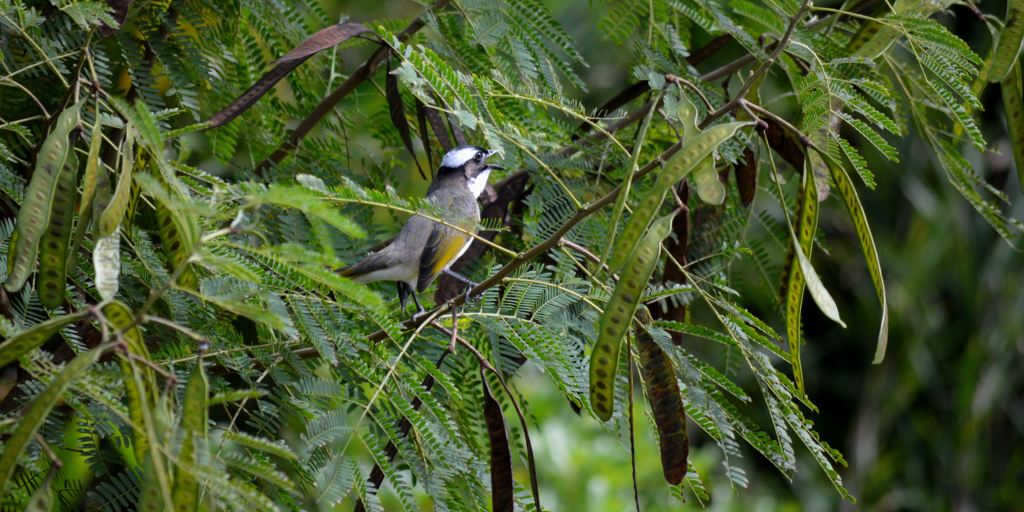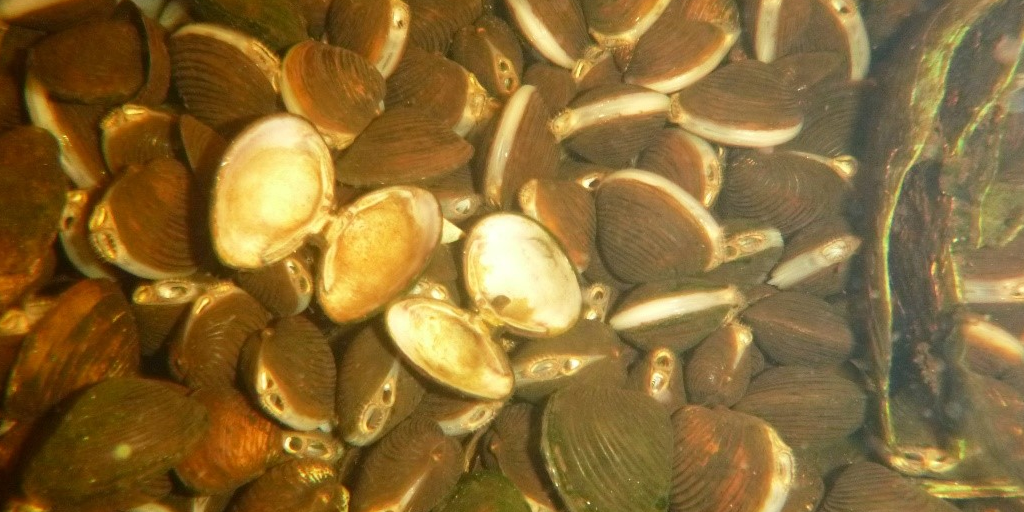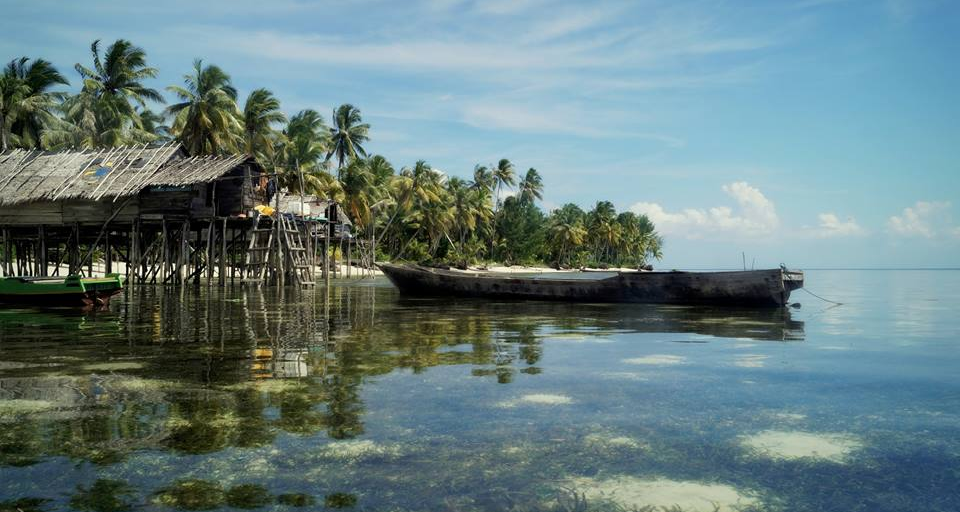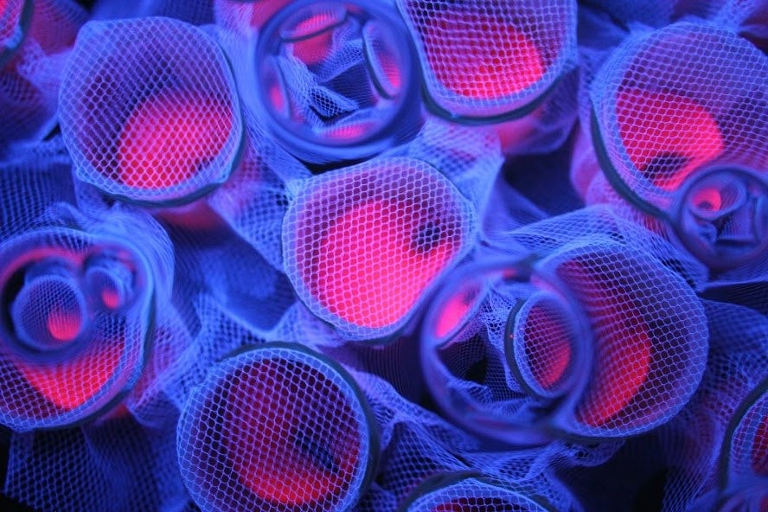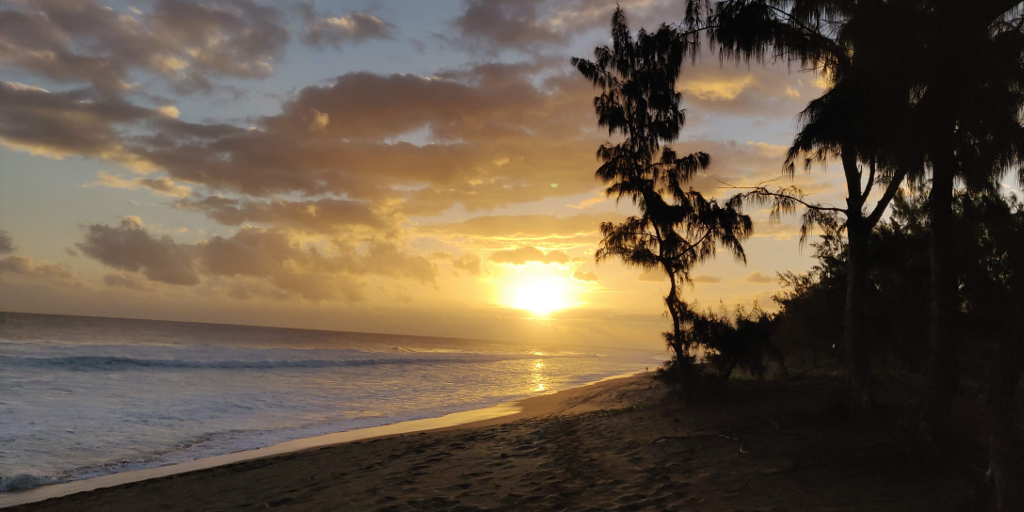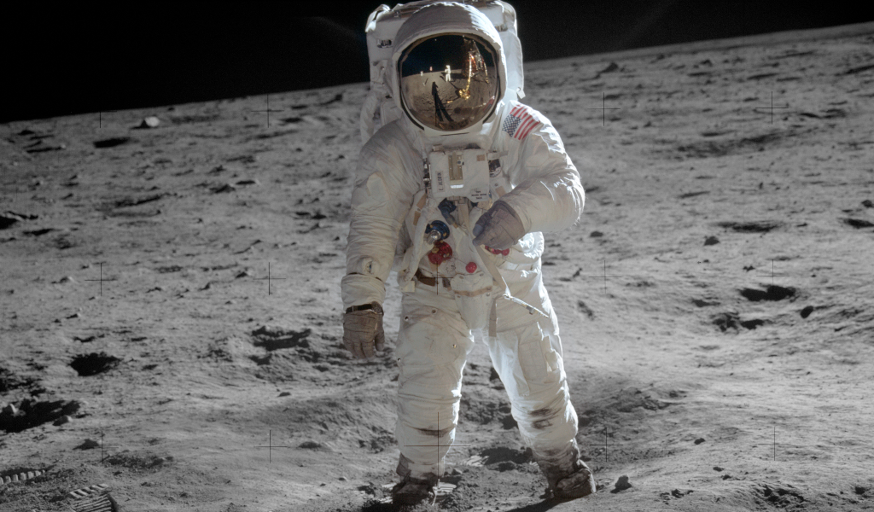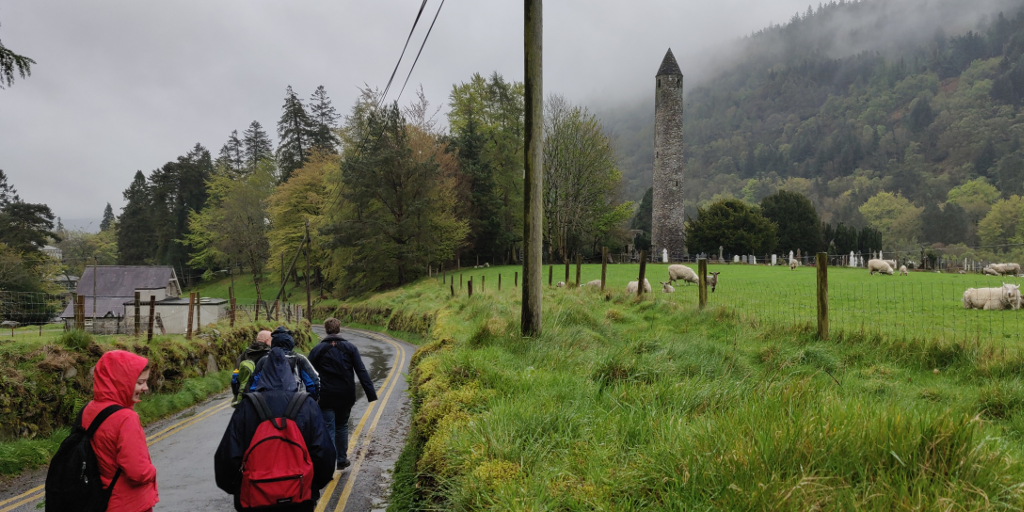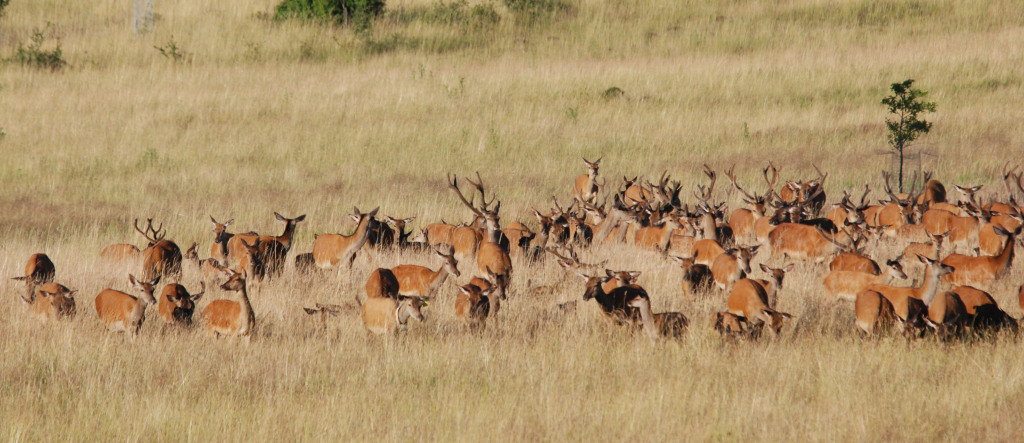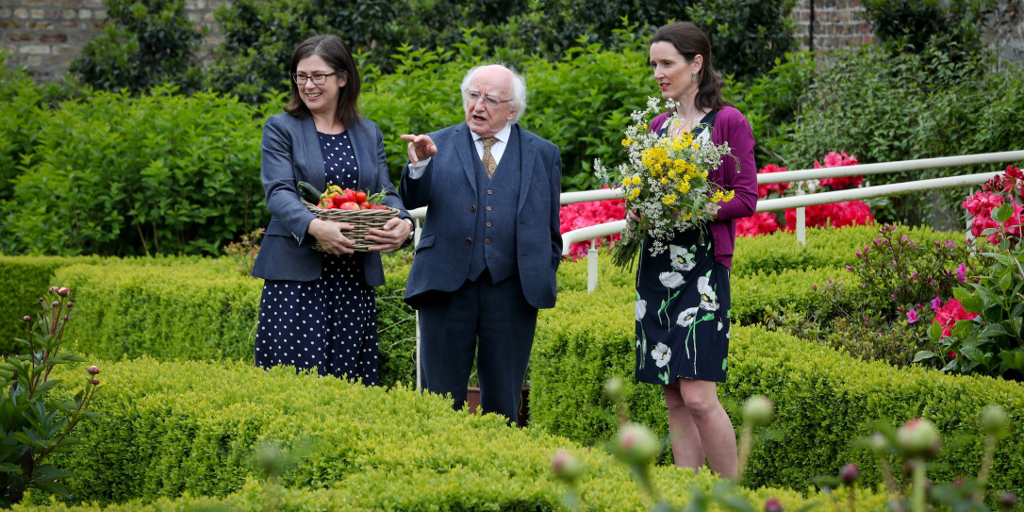For the past few months, I’d been hearing about this amazing urban wetland oasis. A wildlife haven right in the middle of Tallaght, on the south-west outskirts of Dublin. Every time I bumped into Collie Ennis on campus he was bouncing excitedly about how wonderful this place was and how I should go down there and see all the plants, and the incredible insect life. This sounded so amazing and I was looking forward to planning some insect and plant surveys there next year.
And then I heard this weekend that it’s been destroyed. Obliterated. Annihilated by >1.5m of dredged silt dumped on top of the entire habitat. This was a crushing blow to all those people caring for these wetlands and their wildlife, and the devastation they felt was reflected far and wide. If you haven’t seen the story – it was covered by Irish Times and Joe.ie as well as on Collie’s own Twitter feed.


